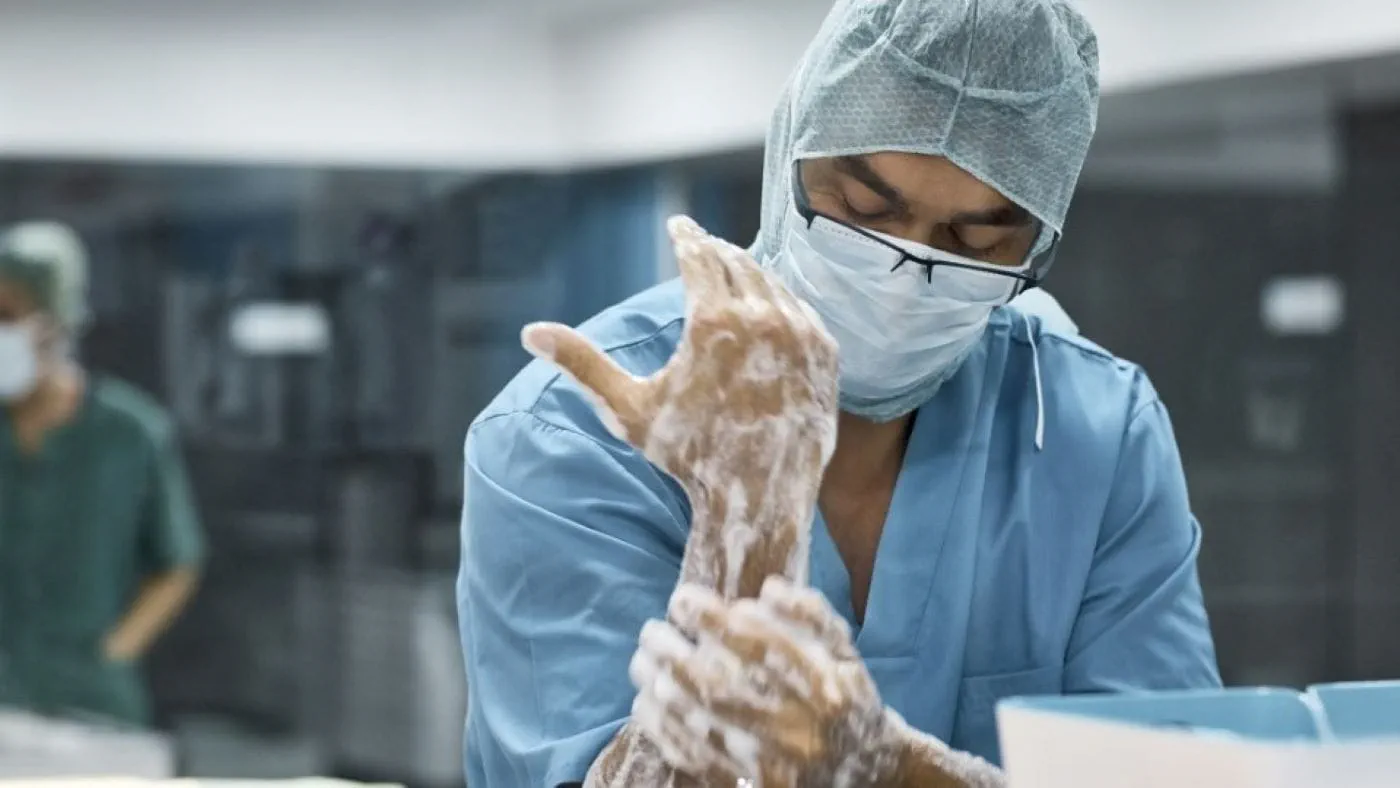Leighton Hospital
Spirax Sarco plate heat exchanger packages deliver energy savings through precise control
Plate heat exchangers from Spirax Sarco are saving energy, reducing maintenance costs and improving the comfort of patients at Leighton Hospital in Crewe.
With one running and the other on standby, the two 3MW exchangers use plant steam to heat water for space heating throughout the 700-bed hospital. The exchangers were supplied pre-assembled in frame-mounted packages complete with ancillary equipment such as steam traps. This modular approach saves time and reduces disruption on site during installation. The precise controllability of the new units has eliminated overshoots and undershoots, constraining the temperature of the water from the heating system returning to the plant room to ± 0.5°C.
“The controllability is phenomenal, especially when you consider that we’re using the same control system as we were before,” says Mr. Ken Hardy, Estates Manager at the hospital.
“Between 5% and 6% more energy efficient... should lead to savings of more than £5,000 per year."Mr. Ken Hardy, Estates Manager
The Spirax Sarco units replace a bank of four shell and tube exchangers, which were designed to turn on and off in various combinations to meet different loads. This system was much harder to control, according to Mr. Hardy. “The new units are saving energy, because they’ve eliminated the frequent overshoots we used to get,” he says.
Plate heat exchangers are more energy efficient than shell and tube exchangers and are more compact, losing less heat through their surfaces. This means they are typically between 5% and 6% more energy efficient, which in the case of Leighton Hospital should lead to savings of more than £5,000 per year.

Plate Heat Exchanger Packaged Solution
The old shell and tube exchangers were also starting to cause maintenance issues. Shell and tube exchangers have to be completely stripped down every two years for an insurance inspection, with the frequency of these inspections increasing if problems are found. The insurers would only cover the tube bundle inside one of Leighton’s shell and tube units for six months instead of the normal two years.
Mr. Hardy estimates that the entire cost of the project, including stripping out the old units and installing the new ones, will be repaid by the energy savings alone within five years. “It’s all money in the bank after that,” he says.

